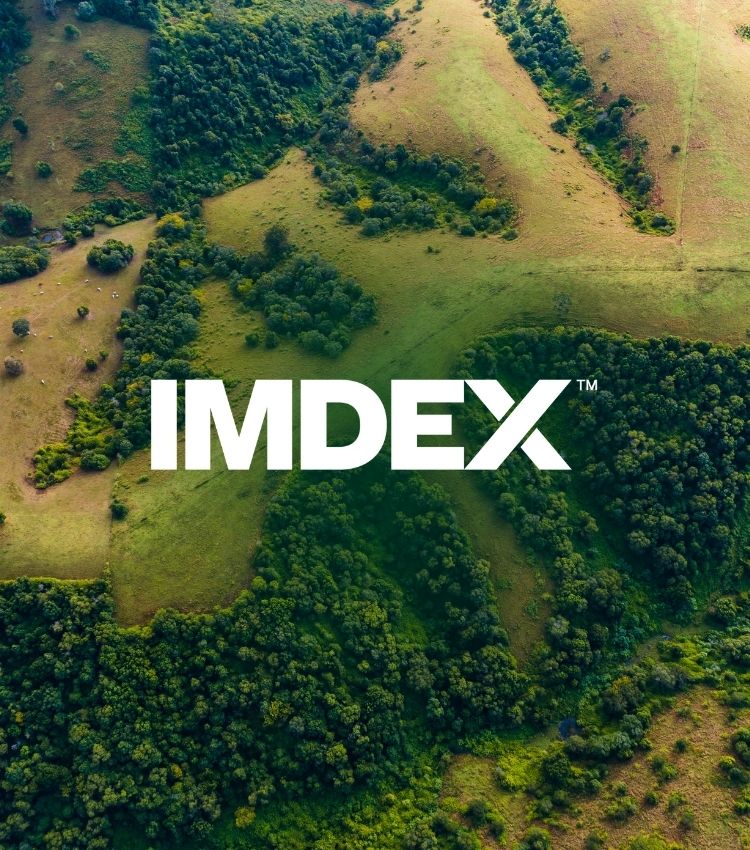Leading global mining-tech company IMDEX has delivered record half-year results, propelled by a global economic recovery that is fuelling surging exploration and mining activity and demand for cloud-connected devices to provide real-time rock knowledge data.
Reporting record half-year revenue, profit, and EBITDA, IMDEX Chief Executive Officer Paul House said the results were strong compared to the same time last year but were also up significantly against a pre-COVID peak in the first half of 2020.
He said Australia and the Americas were operating at or near full capacity.
IMDEX expects COVID-19 restraints to remain in some form for two years, but Mr House said all regions were exceeding pre-COVID revenue levels, with rig capacity constraints starting to appear, most notably in North America and the Asia Pacific.
South Africa, South America and Asia, which were slower to recover, were showing continued improvement.
30 per cent of revenue was generated from Asia Pacific, 47 per cent from the Americas and the balance from Africa and Europe.
The revenue splits, although broadly in line with 1H21, showed a strong uplift in the Americas —particularly the US and Canada.
The company reported record revenue of $167.8 million, an increase of 35 per cent on the same time last year.
Record EBITDA of $51.5 million was an increase of 55.6 per cent.
Net Profit After Tax of $24.4 million, another record, was an 81 per cent increase on the same period last year.
Net cash of $30 million was down 36 per cent on the same time last year, but followed investments in DataCloud and Datarock, which delivered technology that strengthened IMDEX’s geoscience analytics, AI and computer visualisation software expertise.
The company declared a first half, fully franked interim dividend of 1.5 cents per share.
Mr House said the record half year financial results were driven by a strong operational performance during a busy and changing market and could be attributed to the expertise, dedication and resourcefulness of the company’s global team.
“The combination of 35 per cent revenue growth, 55 per cent EBITDA growth and 81 per cent NPAT growth, is the strongest possible statement around the underlying quality of the IMDEX business and the IMDEX business model,” he said.
IMDEX operates in all key mining regions of the world and has sales in more than 100 countries, providing an unrivalled understanding of key issues and challenges in the mining and exploration sectors.
It spent 7.2 per cent of revenue, $12 million, on research and development in the first half of the year to design and deliver patented technologies which enable resource companies and drilling contractors to find, define and mine orebodies – with precision and at speed.
It expanded client trial sites with IMDEX BLASTDOG™ including integration with IMDEX HUB-IQ™ and MinePortal software, released the next generation of fully automated aiSIRIS spectral mineralogy software, and made key acquisitions to accelerate expansion within mining production.
Reflecting the increased demand for cloud-connected technology, 106 million metres were surveyed in IMDEXHUB-IQ™, a 31 per cent increase on the previous year.
The pace of growth was tempered by labour restrictions and wider industry pressures —notably longer delivery times for rigs and parts.
Mr House said IMDEX had instituted several measures to ease supply chain pressures and ensure continuity of supply of a range of key products.
Traineeship and university linked intern programs had been established to develop a pipeline of skilled talent to build a capable workforce
He said IMDEX continued to outperform industry growth rates and was in a strong position to benefit from industry fundamentals.
Large, mid-cap, and junior resource companies were well-funded and increasing their expenditure to replace diminishing reserves.
“Resource companies and drilling contractors are increasingly embracing innovation and new technologies to improve safety, enable remote working and achieve greater productivity,” he said.
“New discoveries are likely to be under cover and at depth resulting in larger drilling campaigns, and strong commodity prices supported by government stimulus, decarbonisation targets and demand across a broad range of sectors including consumer, industrial and government related industries will continue to drive growth in the sector.”

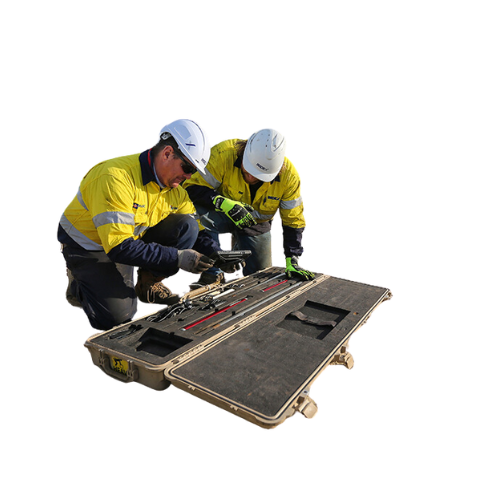
.png)
.png)
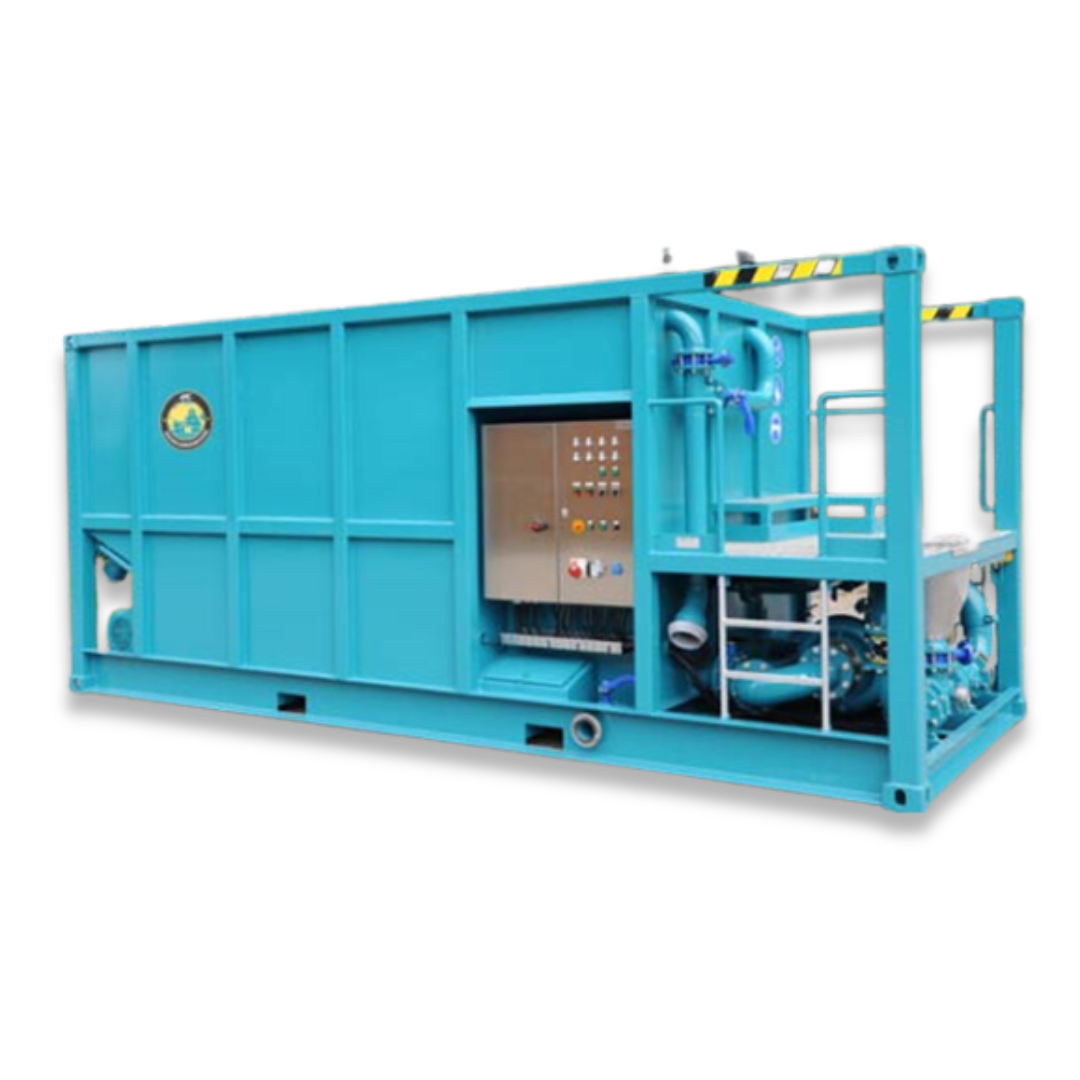
.png)
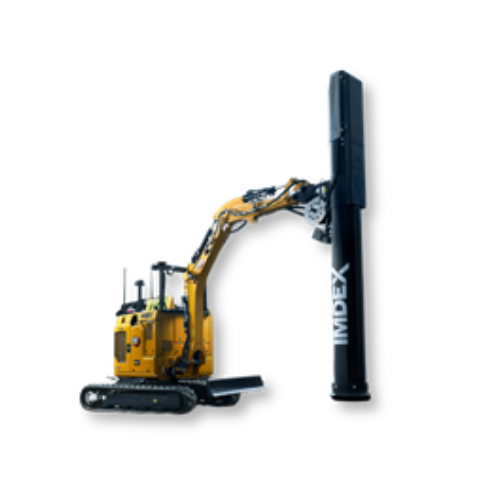
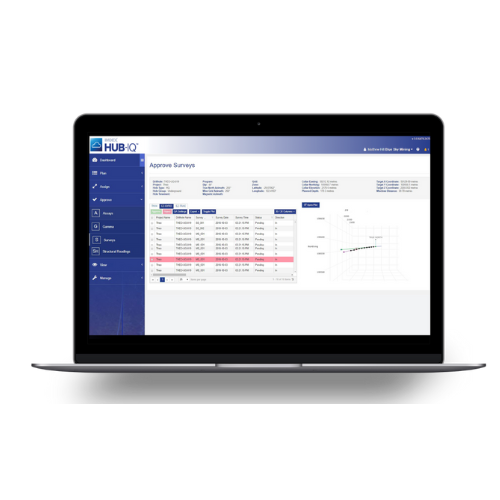
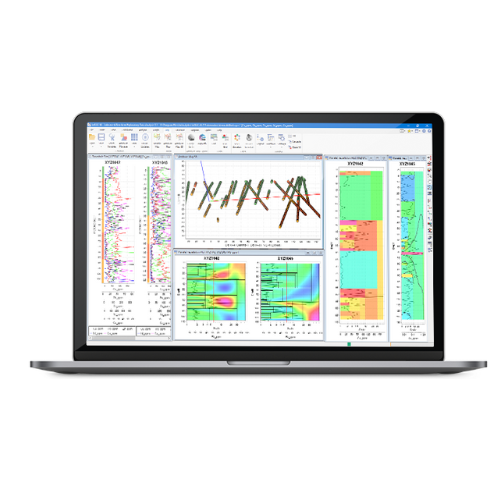


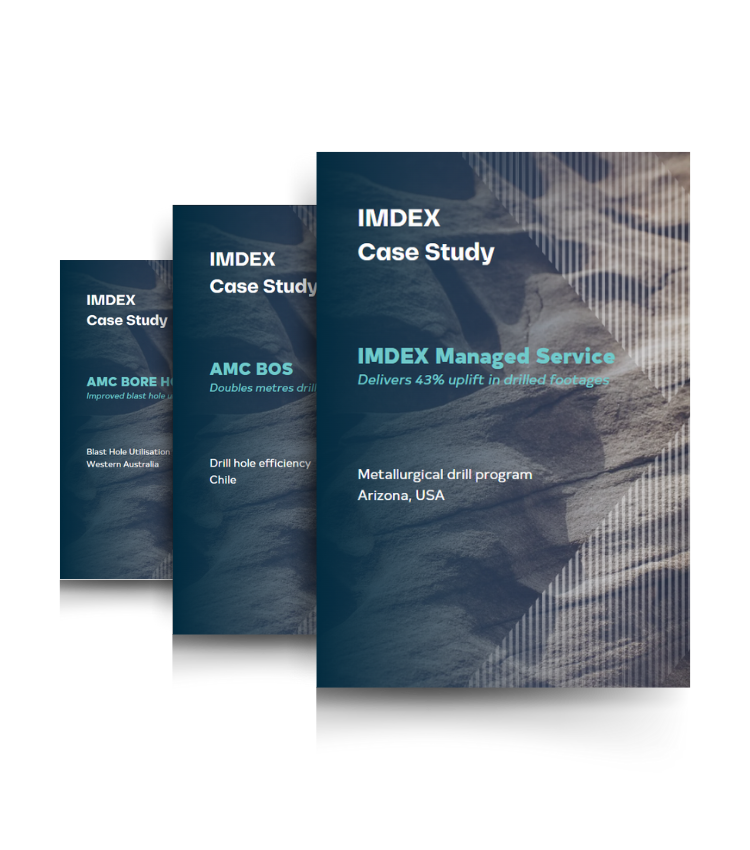
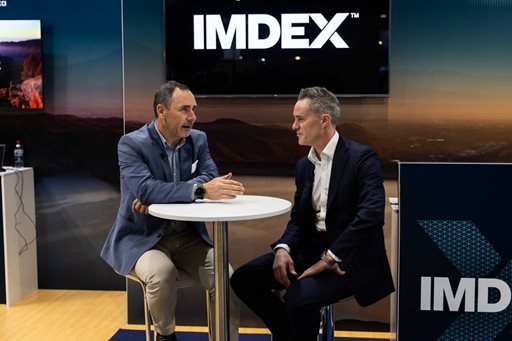

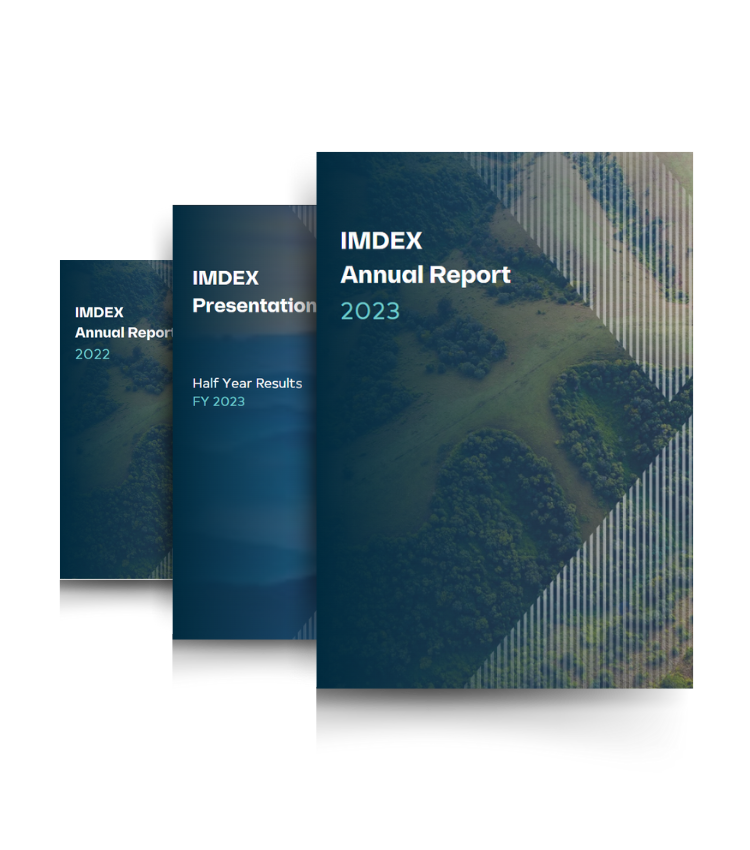
.png)
